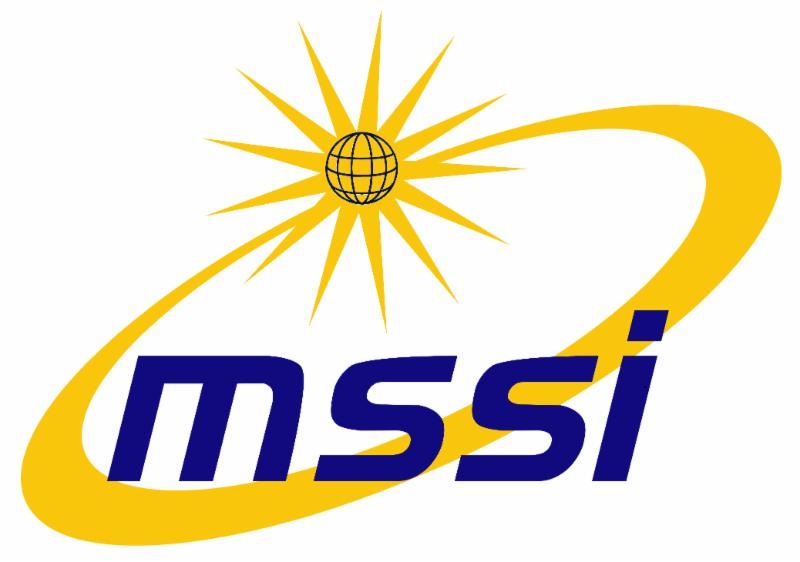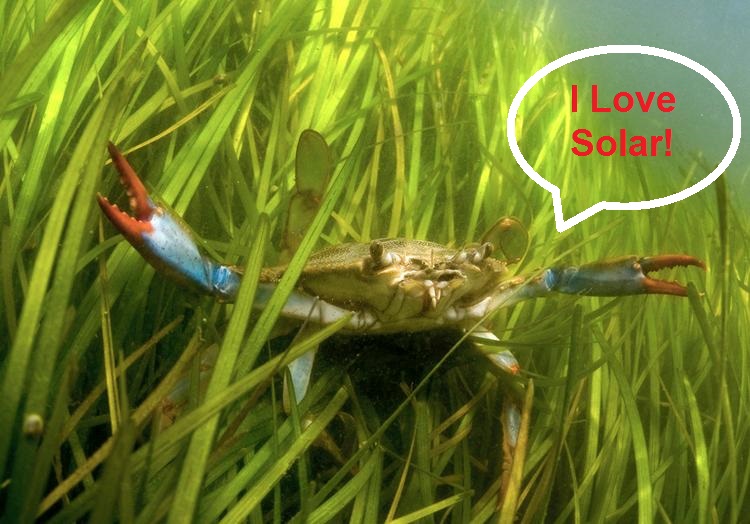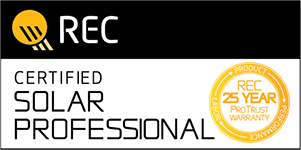Solar Power Is A Friend to the Chesapeake Bay
 Solar Power is a Friend to the Chesapeake Bay
Solar Power is a Friend to the Chesapeake Bay

As you may be aware, the Chesapeake Bay was once an abundant waterway, home to a teeming population of blue crabs, oysters, rockfish and impressive forests of sea grass. Because Maryland borders the Chesapeake Bay we are on intimate terms with the world’s largest estuary and have known for many decades that our beloved bay is in trouble.
According to the Chesapeake Bay Foundation, sea grass coverage continues to hover at around 20% of historical levels, while blue crab populations have dwindled to 50% of their population levels recorded during the 1980’s. Rockfish continue to struggle to regain a foothold in the Bay and the oyster population is now 98% below historical numbers. In fact, it would take the Bay’s current population over a year to filter the Bays’ waters; at prior population levels it would have taken only a few days! Due to a combination of nitrogen pollution, habitat loss and over fishing, the health of the Bay is in crisis. At a loss of $4 billion during the last 30 years for both water men and the Chesapeake Bay seafood industry, it is indeed a precarious situation for the world’s largest estuary.
Good News Surfaces for the Bay
According to a Bay health scorecard recently released by the University of Maryland, there seems to be a turnaround underway. The blue crab population has gone up, the oyster harvests have increased, amounts of dissolved oxygen in the Bay went up and aquatic grasses have increased by 50% from 2011 to 2015. While there has not been meaningful movement made by either Virginia or Maryland on decreasing the amount of nitrogen pollution generated by poultry farms on the Eastern Shore (in fact, it is has gotten worse), the overall amount of nitrogen has decreased and with it the choking blooms of algae associated. Why?
Connection to Renewable Energy





